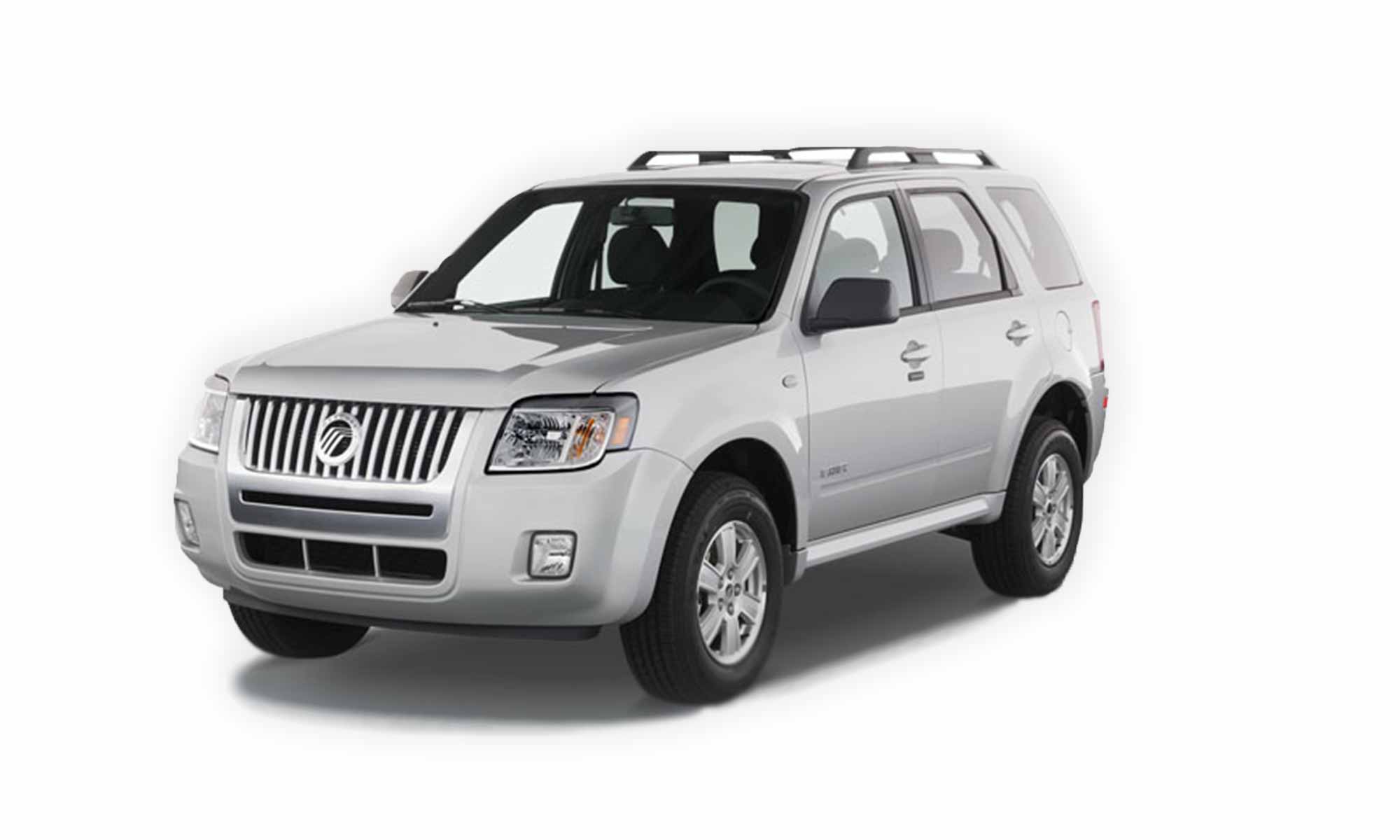

Choosing the correct tier of coverage helps balance protection with cost. Depending on the roads in your area, projected wear and tear, and the type of vehicle you drive, you’ll be more likely to incur different damage. The plans are for a period of five years or 50,000 miles and come with different levels of protection. Meant to be cost effective, there are warranties available at a range of price points, helping you stay within budget. The diverse service contracts enable coverage for just about any vehicle.

There are other people who can save money by taking a more hands-on route and setting aside money for anticipated repairs.As one of the major third-party warranty providers in the United States, Endurance has developed several warranty arrangements. “If they want peace of mind, and they’re not so organized, maybe getting an extended warranty is a good idea. “It comes down to who the consumer is,” he says. But, as Joyce points out, that doesn’t work for everyone. That way, says Gillis, if you don't end up needing the money for repairs, you can put it toward your next car purchase. If you bought your policy from a dealership or agency that goes out of business, the policy will no longer cover repairs you paid for in advance through premiums.Īccording to Credit Karma and the Consumer Federation, the best money-saving approach regarding planning for car repairs is making payments to yourself into an emergency fund. And know who carries responsibility for claim payouts. Also, check the contract for limitations on where you can and cannot have your vehicle repaired, and for depreciation clauses that can reduce the amount paid for repairs based on vehicle mileage. Also, plans often don’t cover everything, so you can avoid unpleasant surprises by knowing what yours does cover and what it does not. First, if coverage is rolled into your auto loan, the cost carries interest. So something like a tire and wheel package, which will cover road hazards, might be a good option.”Ĭredit Karma says that while extended warranties can bring peace of mind regarding potentially expensive problems, there are a number of downsides to consider. “Lots of people don’t realize that run-flat tires cannot be plugged like their old-school counterparts, and they are crazy expensive. “Cars are increasingly run and managed by computers, and fixing those components when they break can be costly,” he says. Nana-Sinkam says that anyone interested in buying an extended warranty should have a good understanding about what it covers-powertrain, electronics, and in the case of cars with expensive wheels and low-profile tires, wheel and tire coverage-and whether or not the plan has a deductible. In other words, if you plan on keeping your car until the wheels fall off, it makes a lot more sense to invest in added protection than if you’re likely to switch cars every few years. “Like many of these choices, it depends on your ownership plan and your value equation,” he says. “If you’re buying a new car, it doesn’t make much sense to buy additional warranty protection because the repair costs when a vehicle is just out of warranty are typically low,” Joyce says.Īlthough CR generally recommends extreme caution regarding extended warranties, there are situations when one might make sense, says Alain Nana-Sinkam, vice president of strategic initiatives at TrueCar. There’s also the age of the car to consider. "In addition, the fine print often prevents one from exercising the benefits," he says. But that nominal increase on monthly payments adds up, and Gillis says many extended warranties are duplicative of the warranties provided by manufacturers. “It’s a highly emotional situation when you’re sitting in the F&I and you’re being told you’re stupid if you don’t spend an extra $20 to $30 per month for the extra protection,” says Rory Joyce, head of Credit Karma’s autos division.

Bell also urged caution when fielding prerecorded sales calls from companies selling extended warranties.


 0 kommentar(er)
0 kommentar(er)
